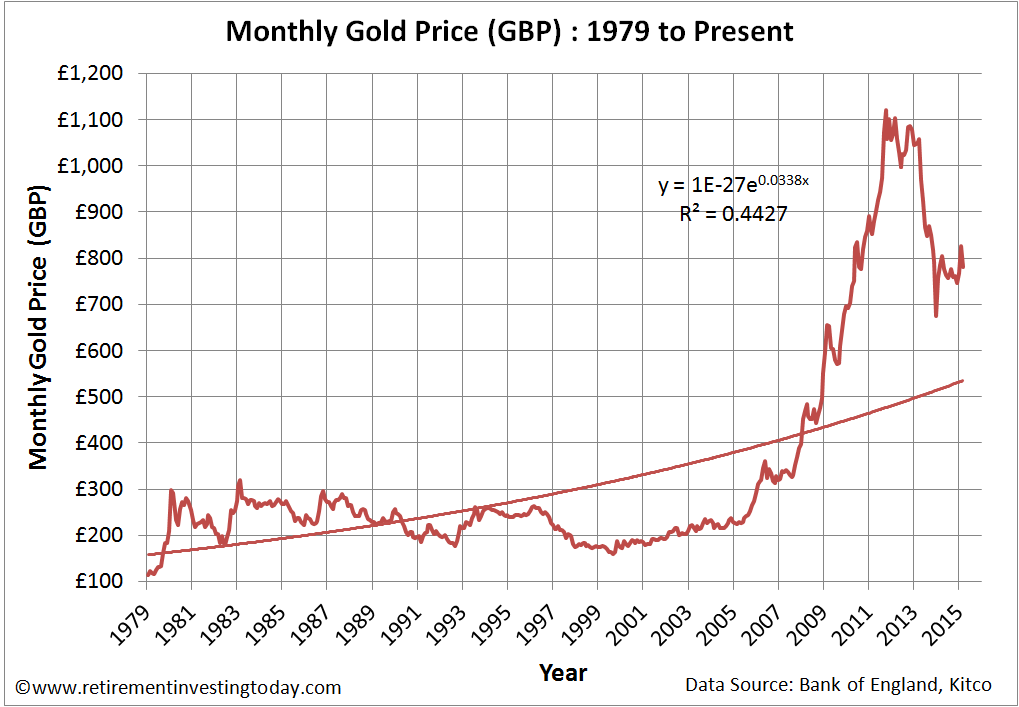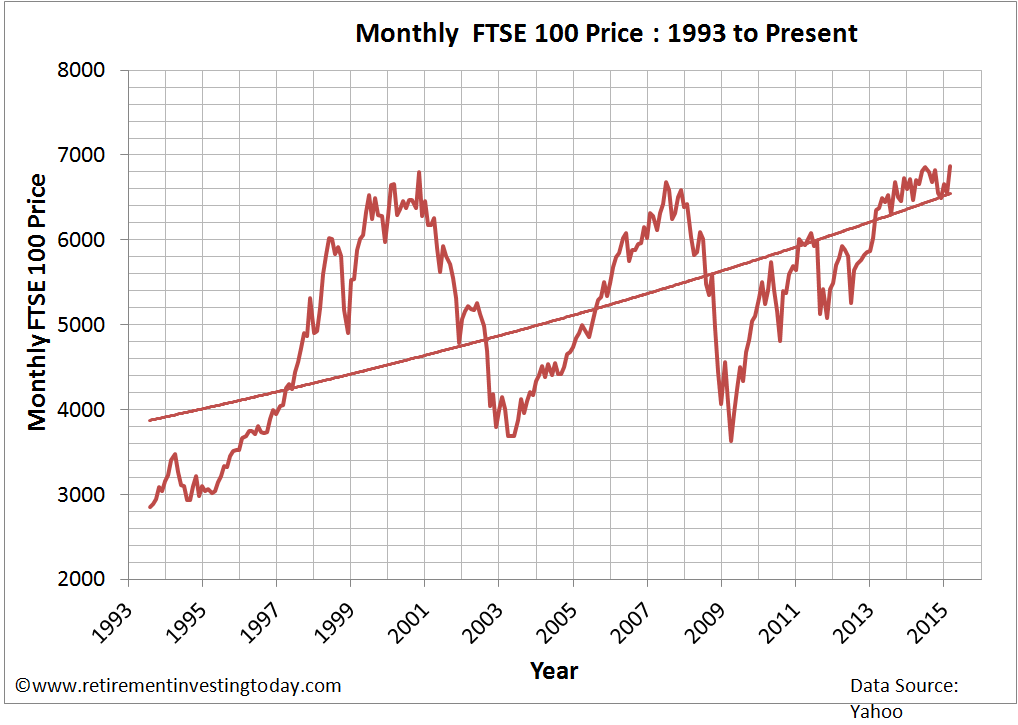This blog is focused on charting my progress to Financial Independence and optional Early Retirement. By having to continually to write about it I am forced to stay the course because I’m continually held accountable. You the reader get to see my journey, warts and all, which also includes most of the financial research I do behind the scenes. It stays very unemotional and fact based as that’s what personal finance in my opinion should be.
Behind all this though is a living breathing human being and also my family who are personally affected daily by what I publish here. I rarely write about this side for a few reasons:
All of that said it is of course relevant for anyone considering, but not currently on, a similar journey to my own. Some 7 and a bit years on it’s now just the life my family and I live but thinking back our personal lives have changed a lot. This was reinforced this weekwith a reader making the following comment:
So without further ado let me give some insights into how I live my personal life.
Behind all this though is a living breathing human being and also my family who are personally affected daily by what I publish here. I rarely write about this side for a few reasons:
- At this time my anonymity is important. I don’t think this will always be the case but right now it’s probably not a good idea if my boss knows I might retire in 18 months at 43 years of age;
- This is a personal finance site and not mumsnet;
- Even though I'm a STEM graduate it’s the financial side including all the planning that I've found the most difficult. Executing on it including finding ways to Earn More, Spend Less by Living Well Below Your Means, Spend Less by effectively opting out of consumerism or even Spend Less by sweating the small stuff I haven’t found difficult at all; and
- Finally but importantly while achieving Financial Independence by 43 is pretty exciting stuff knowing that I eat Weetabix (I don’t BTW because I wouldn't buy a more costly brand when equivalent lower cost alternatives are available) for breakfast probably isn't.
All of that said it is of course relevant for anyone considering, but not currently on, a similar journey to my own. Some 7 and a bit years on it’s now just the life my family and I live but thinking back our personal lives have changed a lot. This was reinforced this weekwith a reader making the following comment:
“Have you previously posted on what you get up to in your daily life? I have a lot of respect for what you're achieving and would enjoy hearing how you enjoy daily living while being frugal. When last did you go on holiday? What do you do for entertainment? Etc. Does that make sense? Just trying to get a feel for the types of adjustments I'd have to make.”
So without further ado let me give some insights into how I live my personal life.






